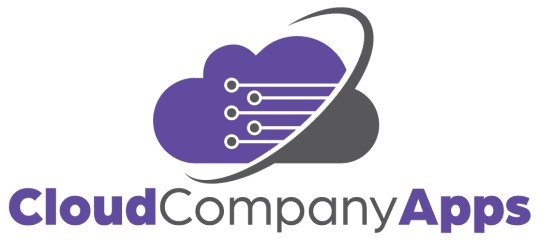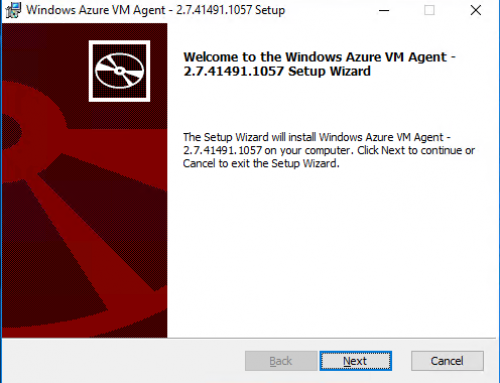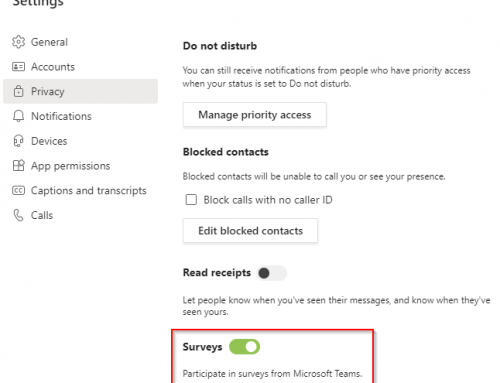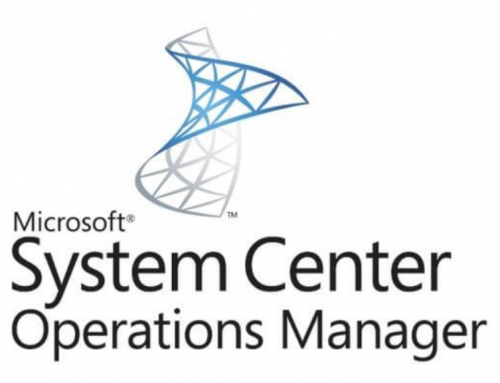
A great way to start growing your cloud footprint is to migrate websites and apps to Azure App Service. App Service allows you to host websites, web apps, mobile back ends, and RESTful APIs in the cloud. APIs can utilize the programming language you desire from .NET, .NET Core, Java, Ruby, Node.js, PHP, Python, Docker and supports both Windows and Linux. Azure App Service is a fully managed SaaS solution, meaning that the infrastructure is maintained and patched by Microsoft.
Azure App Service has been designed to help with the migration process and make deployments easy with support for CI/CD capabilities with Visual Studio Team Services, Bitbucket, Docker Hub, and GitHub. Microsoft has created the App Service Migration Assessment Tool to do an initial high level assesment of your application.
App Service Migration Assessment Tool:
Browse to https://appmigration.microsoft.com/ and you will find two tools from Microsoft. The first is built into the site and allow you to enter a public facing endpoint to scan. The example here enter the cloudcompanyapps.com website and click assess.
If you do not have a public facing endpoint skip ahead to learn to use the Migration Assistant tool.

After a quick scan you will get the assessment containing compatibility with Azure App Service.
Once your endpoint assessment is done, you can click start migrating now to download the local Migration Assistant tool.
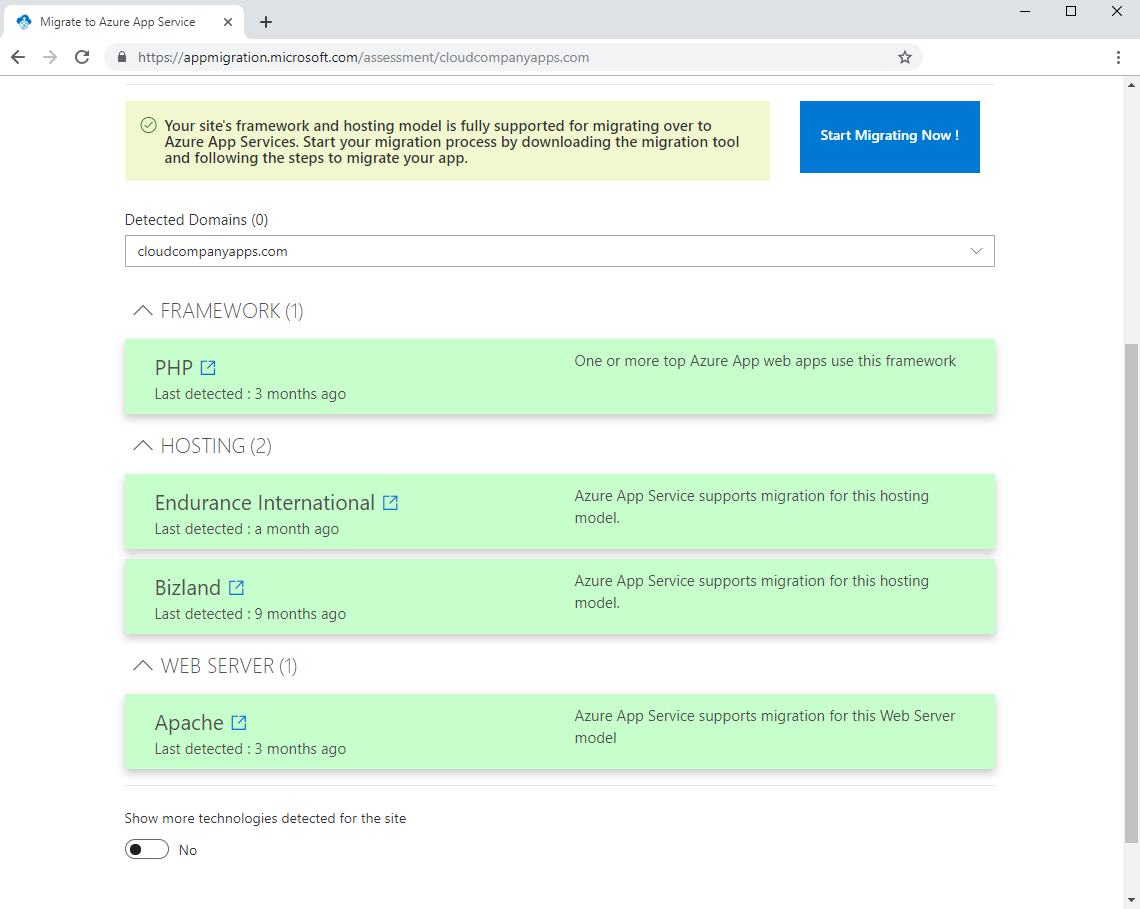
Migration Assistant Tool:
The Migration assistant tool will provide a more detailed assessment and step by step walk you though the migration process.
The tool can be downloaded here and then installed locally. The tool works with iiS version 7.0 and above and will migrate site content and configuration to your Azure App Service subscription using either a new or existing App Service Plan.
The tool has recently been updated for easily migrating ASP.NET sites to App Services.
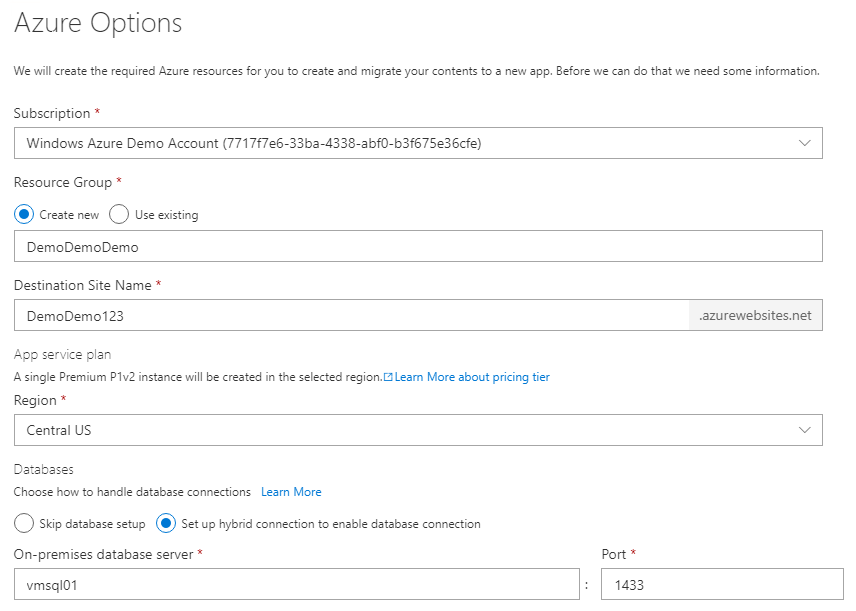
Shown in the example above there is the option to setup a database in Azure or leave it on-premises. If you are looking to migrate to SQL in the cloud there is a great overview found here.
